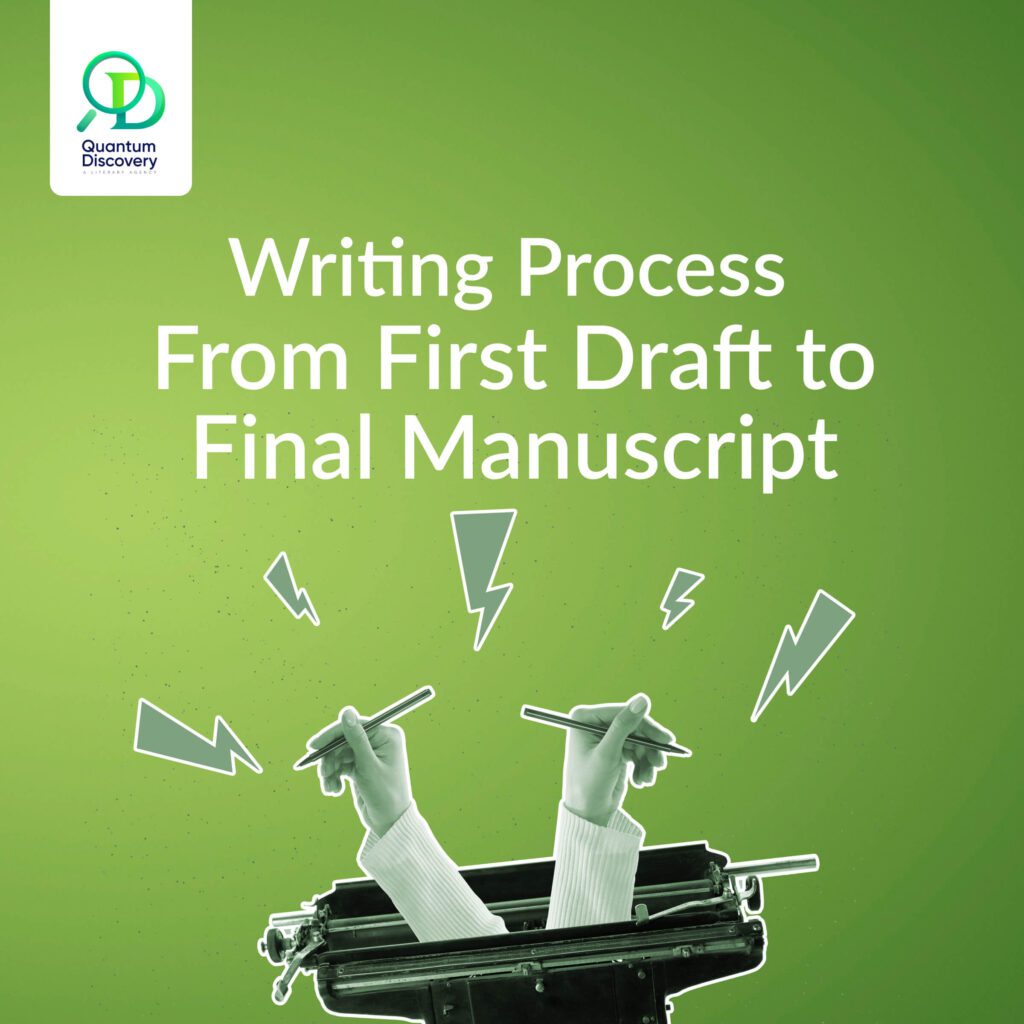Introduction: Navigating the Journey of Writing
Writing a book is a journey filled with creative highs, daunting lows, and countless revisions in between. From the inception of your idea to the moment you hold a polished manuscript in your hands, the writing process is an intricate dance of words and imagination. In this article, we will break down the stages of writing a book, offering valuable tips and strategies for each step of the journey.
Stage 1: The Seed of Inspiration
- Idea Generation: Start by exploring your interests, passions, and experiences. Consider what themes or stories resonate with you. Keep a notebook or digital journal to capture sudden flashes of inspiration.
- Research: Dive into research if your book requires it. Whether it’s historical facts, scientific concepts, or cultural nuances, thorough research adds depth and authenticity to your writing.
Stage 2: Outlining and Planning
- Plot or Structure: Create an outline or structure for your book. This can be a detailed chapter-by-chapter plan or a loose roadmap. Having a structure in place helps prevent writer’s block and keeps your writing on track.
- Character Development: Flesh out your characters. Explore their backgrounds, motivations, and arcs. Know your characters intimately; they’ll guide you through the narrative.
Stage 3: The First Draft
- Writing Routine: Establish a writing routine that works for you. Whether it’s a daily word count goal or dedicated writing time, consistency is key.
- Silence Your Inner Editor: During the first draft, silence your inner critic. Write freely and don’t worry about perfection. Your goal is to get your story on paper.
Stage 4: Revision and Editing
- Take a Break: After completing the first draft, take a break. Distance from your work allows you to approach it with fresh eyes.
- Content Editing: Review the manuscript for overall structure, plot holes, pacing, and character development. Make major revisions as needed.
- Line editing: focus on sentence-level improvements. Pay attention to grammar, syntax, and style. Ensure clarity and coherence.
Stage 5: Feedback and Beta Readers
- Seek feedback: Share your manuscript with trusted beta readers or critique partners. Their insights can provide invaluable perspectives on your work.
- Incorporate feedback: Consider the feedback you receive and make revisions accordingly. Remember that not all suggestions need to be implemented; it’s your story.
Stage 6: Final Polishing
- Proofreading: Conduct a final proofread to catch any remaining typos or errors. Consider hiring a professional proofreader if possible.
- Formatting: Format your manuscript according to industry standards, including font, margins, and spacing.
Stage 7: Publishing
- Publishing Options: Decide whether to pursue traditional publishing or self-publishing. Research the pros and cons of each and choose the path that aligns with your goals.
- Cover Design: Invest in a professionally designed book cover. A compelling cover can significantly impact a reader’s decision to pick up your book.
Stage 8: Release and Marketing
- Book Launch: Plan a book launch strategy. This may include pre-orders, online promotions, or in-person events.
- Build an Online Presence: Create an author website, engage on social media, and build an online presence to connect with your readers.
Stage 9: Post-Publication
- Engage with Readers: Interact with your readers through book signings, author talks, or social media. Building a community of readers can lead to long-term success.
- Continue Writing: Keep writing. The best way to promote your current book is to work on your next one.
Conclusion: The Ever-Evolving Writing Journey
The journey from the first draft to the final manuscript is a transformative one. Each stage presents its own challenges and rewards, and no two journeys are the same. Embrace the process, stay dedicated, and trust in your unique storytelling voice. Remember that writing is not just about the destination; it’s about the beautiful journey of self-expression and creativity that unfolds along the way.
